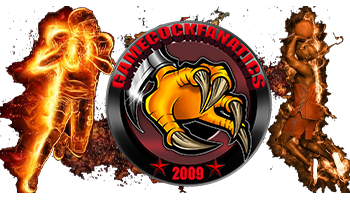The ship was originally commissioned in 1914, so a bunch of teaching points in the video.
View: https://www.youtube.com/watch?v=F2ecilb3A3A
The Texas was not at Pearl Harbor during the attack, but the historical note here is that the battleships that were on Battleship Row there had many of the manhole covers used to inspect the voids in the ships either removed or loosened for a Sunday inspection.
The void between the blisters and the hull of the ship was usually filled with fuel oil that was supposed to absorb most of the blast damage and protect the main hull of a ship.
The torpedo blisters on the USS California actually worked as designed when she was struck by a Japanese torpedo, but the removed/loosened manhole covers caused the flooding to gradually spread throughout the show, causing her to sink. This was also true in varying degrees for the other battleships that were sunk during the attack as well.
The Texas was not at Pearl Harbor during the attack, but the historical note here is that the battleships that were on Battleship Row there had many of the manhole covers used to inspect the voids in the ships either removed or loosened for a Sunday inspection.
The void between the blisters and the hull of the ship was usually filled with fuel oil that was supposed to absorb most of the blast damage and protect the main hull of a ship.
The torpedo blisters on the USS California actually worked as designed when she was struck by a Japanese torpedo, but the removed/loosened manhole covers caused the flooding to gradually spread throughout the show, causing her to sink. This was also true in varying degrees for the other battleships that were sunk during the attack as well.
Last edited:


